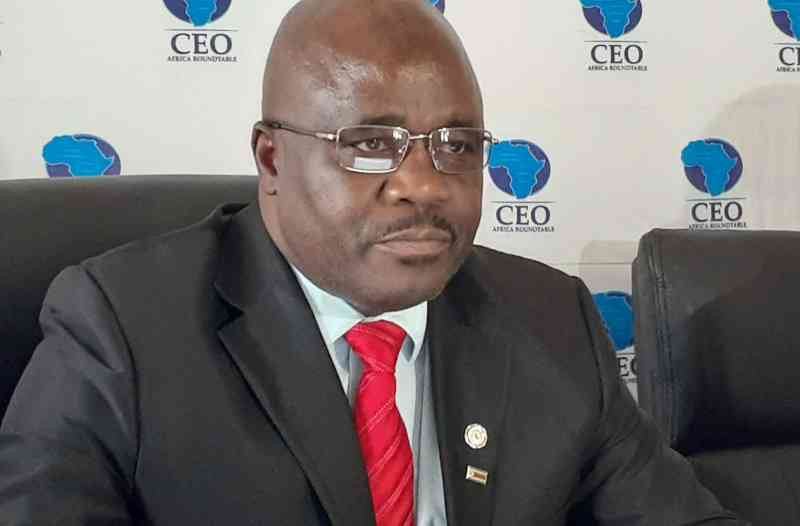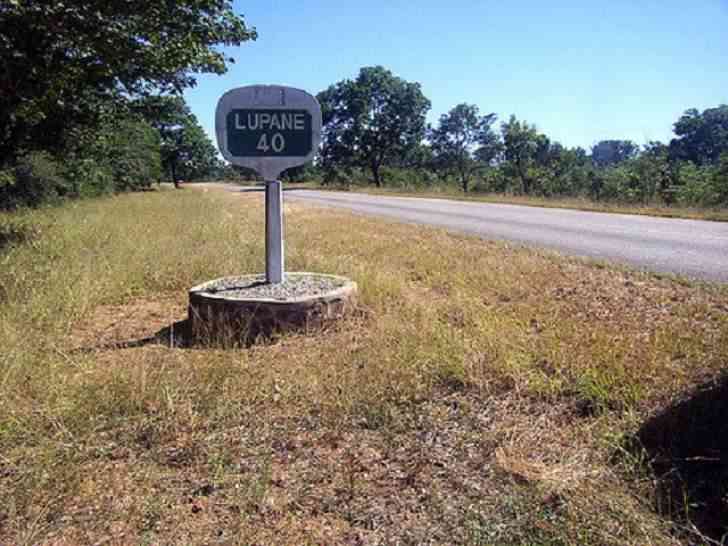
CEO Africa Roundtable (CEO ART) chairperson Oswell Binha says a weak mineral resource governance framework in Zimbabwe is exposing the country to illicit mining activities.
This came after Fidelity Printers and Refiners (FPR) reported a 17% drop in gold deliveries to 27,65 tonnes over the January to November period this year, compared to the same period in 2022.
Heavy rains in the fourth quarter of 2022 and the first quarter of this year interrupted mining operations, leading to subdued gold deliveries.
But industry authorities blame illicit gold mining activities.
Recently, the paper revealed that the Ministry of Mines and Mining Development reportedly awarded a firm with suspected links to the Central Intelligence Organisation (CIO) called Terrestrial Holdings, a licence to export one million tonnes of raw lithium ore annually.
In an interview with businessdigest, Binha condemned the mineral governance framework of Zimbabwe
“Our mineral resources governance framework is so, so weak. So, it is important for whoever is supposed to be dealing with the matters, the policy proposition for the year 2024, going forward, to understand that we need a minimum internal dislocation to be able to survive natural disasters and (obviously) the effect of the low global prices of our best minerals in the market,” he said.
“I think Zimbabwe requires a sustainability model, a business sustainability model. So, from 2025, we are not good at everything. We need to do certain things best.”
- Economists slam govt’s ‘fallacious’ inflation targets
- Zim CEOs land in US for crucial talks
- Zim CEOs ink deal in US
- RBZ in dramatic U-turn on Fidelity privatisation
Keep Reading
The biggest problem with a governance framework in Zimbabwe is also the high levels of informality where illicit mineral activities thrive.
For example, of the gold deliveries for the 11-month period, artisanal miners contributed 61,58% while large scale producers delivered the remainder.
“We are informalising everything and the informal sector naturally goes underground when the regulation is upon them. This informalisation policy direction that is being taken is self-destructive. We need to make sure that we incentivise formalisation of business,” Binha said.
High environmental costs, illicit financial flows, and activities, lack of transparency and accountability, corruption and social costs characterise the lack of implementation of mineral resource governance in Zimbabwe.
There are some cases where even government or officials linked to the authorities are caught doing illicit mining activities.
One well known incident is that of Zimbabwe Miners Federation (ZMF) president Henrietta Rushwaya, who was convicted and fined US$5 000 for trying to smuggle six kilogrammes of gold.
Despite the conviction, Rushwaya still remains the president of the ZMF which is associated with the Ministry of Mines and Mining Development.
The two top markets for gold smuggled from Zimbabwe are South Africa and the United Arab Emirates. The concern surrounding illicit mining activities comes as executives feel that the industry is losing a lot of money and is not profitable under Zimbabwe’s existing tax structure.
Authorities have called for the country’s tax system to be flexible in order to enable mining businesses to obtain information and communication technologies and support the industry's adoption of the Fourth Industrial Revolution.
Anonymous sources told businessdigest that the tax system was excessively onerous and negatively impacted their business operations.
“Mining players have indicated that the tax rates are too high and this was affecting their operations and also rendering the businesses unprofitable,” the source said.
However, Mines and Mining Development permanent secretary Pfungwa Kunaka said despite certain views suggesting the royalty regime was onerous, the government was providing incentives to the industry.
“Government is supportive of mining companies as it is offering incentives such as value-added tax deferment, National Project Status and rebates of duty where applicable,” he said.
“Sentiments are often raised that the royalty regime is burdensome. It would appear that generally, mining ventures are currently viable although the challenges will arise if the current slump in mineral prices continues for too long.”
Over the past few years, government unveiled a bold ambition to make the mining industry an export business worth US$12 billion by the end of 2023.
The plan, launched in October 2019, declared mining as a key pillar to sustainable economic growth. An achievement of that target would represent a 275% jump from the US$3,2 billion realised through exporting mining commodities in 2018.
The blueprint targets a gold output of US$4 billion per year with platinum at US$3 billion. Diamond mining and polishing was set at US$1 billion, equal to the combined target of chrome, nickel and steel. Coal, hydrocarbons, lithium, and other minerals were projected to contribute the remaining US$3 billion.
However, the ministry has not been able to meet this target owing to power cuts that have reduced production, low access to foreign currency to import raw materials, and a high taxing regime.







